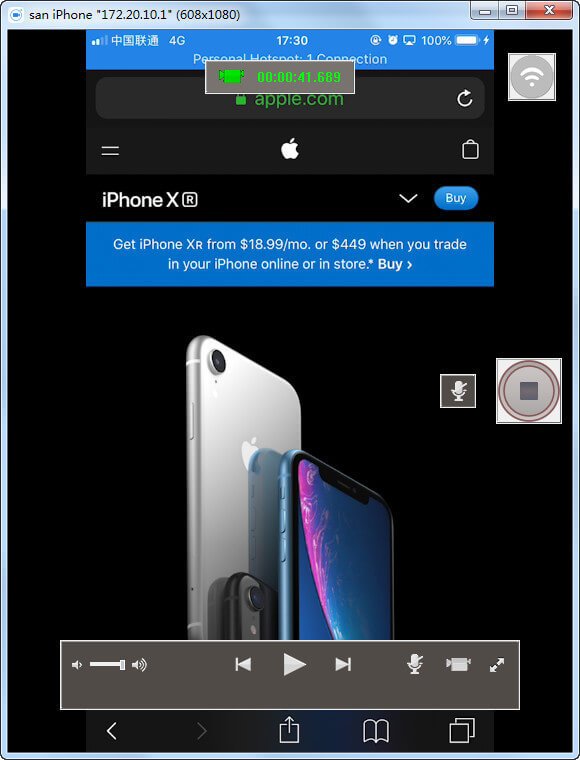

- How to restart imac in target disk mode to use as monitor pro#
- How to restart imac in target disk mode to use as monitor mac#
That’s similar to the i9 on single-core, rather better with around 8,200 on multi-core, and far better with OpenCL at 52,400.Īll my active Macs turn in similar performance on the Blackmagic Disk Speed Test, with both read and write speeds of around 2.8 GB/s to their internal SSDs.ĭebate has raged over whether these initial low-end models, with a maximum of 16 GB of physical memory, could possibly substitute for an Intel Mac which currently works well with 32 GB or more of physical memory.
How to restart imac in target disk mode to use as monitor pro#
More surprising, perhaps, is comparison with my mainstay Mac, a base specification iMac Pro with 8-core Xeon-W.

They both comfortably outperform my MacBook Pro 16-inch late 2019 with an 8-core i9 (1160 single, 6740 multi), although that does better with OpenCL at 30,500. Geekbench 5 scores are around 1730 (single-core) and 7600 (multi-core), and their OpenCL scores are just under 20,000. Unsurprisingly, their benchmark performance is almost identical. They have the better processor option with 8-core CPU and 8-core GPU, with 16 GB of memory and 500 GB internal SSDs. Over Thunderbolt, this is comparable to what you’d expect from 10 Gigabit Ethernet.Īs I wrote above, I have two M1 Macs, a mini and a MacBook Pro of similar specification. For comparison, benchmark results for Apple’s high-speed internal SSDs are typically around 2.8 GB/s (see below). On large files you should therefore expect to see rates ranging from 0.8-1.5 GB/s in each direction. Going from Target to Host, these transferred at 0.8 and 1.5 GB/s, and from Host to Target at 1.0 and 0.9 GB/s. I used two test files, one of 12.2 GB, the other 13.61 GB. This is fast, really fast: don’t waste your time testing with files less than 10 GB, as your timing errors will be too great. You can then restart the Target back into normal mode. To disconnect, eject the Target on the Host and, on the Target, click on the button to stop sharing. It should then appear on the Host as a Network disk, to which you connect in the normal way, following authentication. Once you’ve connected the two Macs using a Thunderbolt 3 cable, on the Target click to start sharing. Provided that you don’t connect the cable until the Host has started up fully, both Macs appear stable. If you connect the Host and Target using a Thunderbolt cable (at least) before you’ve started the Host up, it will enter an endless restart loop, in which that Mac starts, takes you through login, then shortly afterwards restarts again. Leave the Target then, and turn your attention to the Host.Įnsure the Host starts up fully before reaching for your Thunderbolt cable. Work through the sequence to select the disk until it offers you a button to turn sharing on. Once the main Recovery mode window has loaded (offering its four options), open the Utilities menu and select the Share Disk command.

Select the Options icon, then click Continue underneath it. This takes you to the Startup Options screen. Start the Target up with the Power button held in until the display shows Loading Startup Options, then release it. I’ll begin with a more likely scenario, with both Macs shut down, and in my case the Target is an M1 Mac mini, and the Host is an M1 MacBook Pro. This article looks at one specific feature – SMB Target Disk mode – assesses how fast it is, finds a nasty problem with it, and concludes by considering M1 performance more generally.Īpple’s instructions assume that both Macs involved, which I’ll refer to as the Target and Host, are running at the time. I think almost everyone who has got an M1 Mac has tried running some sort of benchmark.


 0 kommentar(er)
0 kommentar(er)
